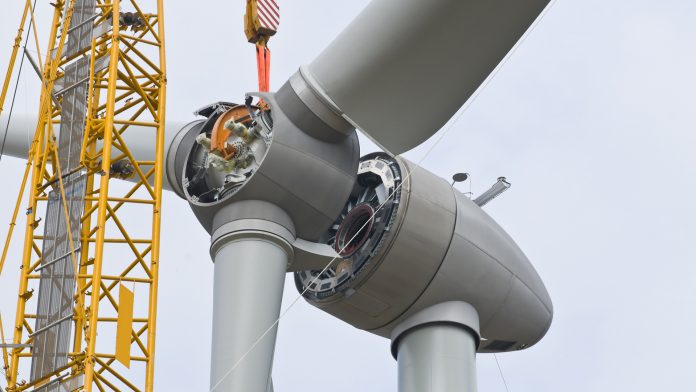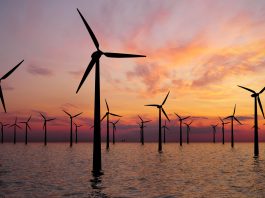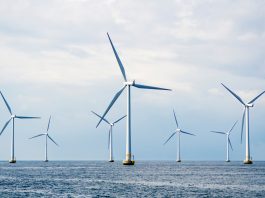In a new survey, experts forecast that next-generation wind power plants will be much larger in size and more economical than previous estimates.
Anticipating the key features of next-generation wind plants ahead of their planned installation can inform today’s investment, research, and energy system planning decisions. Researchers Philipp Beiter and Eric Lantz from the National Renewable Energy Laboratory (NREL), in collaboration with experts from the Lawrence Berkeley National Laboratory and the U.S. Department of Energy, elicited opinions from more than 140 of the world’s renewable energy leading experts about their expectations of future wind plant designs in 2035.
In their new article, ‘Expert Perspectives on the Wind Plant of the Future’, which appears in the journal Wind Energy, the researchers outline the experts’ predictions, emphasising that that the height of wind turbines will increase more than previously forecast.
Wind turbines forecast to grow in size
Taller turbines, and their accompanying larger rotor diameters, allow for the capture of more energy. In the most expected scenario, the experts predicted that hub height for newly installed onshore wind turbines will reach 130 metres in 2035, rather than the 115-metre forecast offered in a 2015 survey. (Each survey asked experts to look 15 years into the future, so the 2015 data offers predictions for 2030).
Experts anticipate plant sizes of 1,100 MW for fixed-bottom and 600 MW for floating offshore wind. These and many other design choices discussed in the article can support the levelized cost of energy reductions of 27% (onshore) and 17%–35% (floating and fixed-bottom offshore) by 2035 compared to today.
Next-generation wind plant designs can also enhance wind energy’s grid service, for example, via project hybridisation with batteries and hydrogen production.
“Our research provides a much-needed benchmark for representing future wind technologies in power sector models,” Beiter explained. “By explaining the economics behind wind energy design choices, this article addresses a critical research gap.
Developing wind power plants
The authors identify economic mechanisms that drive these design changes, including economies of scale from larger turbines, larger plant sizes, and greater siting flexibility. In essence, these mechanisms drive design choices because the value from reduced costs or higher energy production exceeds the incremental expense to obtain them.
“While well established in broader economic theory and often addressed individually, relatively few efforts have systematically investigated the exact mechanisms driving wind plant design,” Lantz commented.
The comprehensive global expert survey was made possible through an international research partnership under the auspices of the International Energy Agency Wind Technology Collaboration Programme, whose mission is to advance wind energy research, development, and deployment in its member countries.









